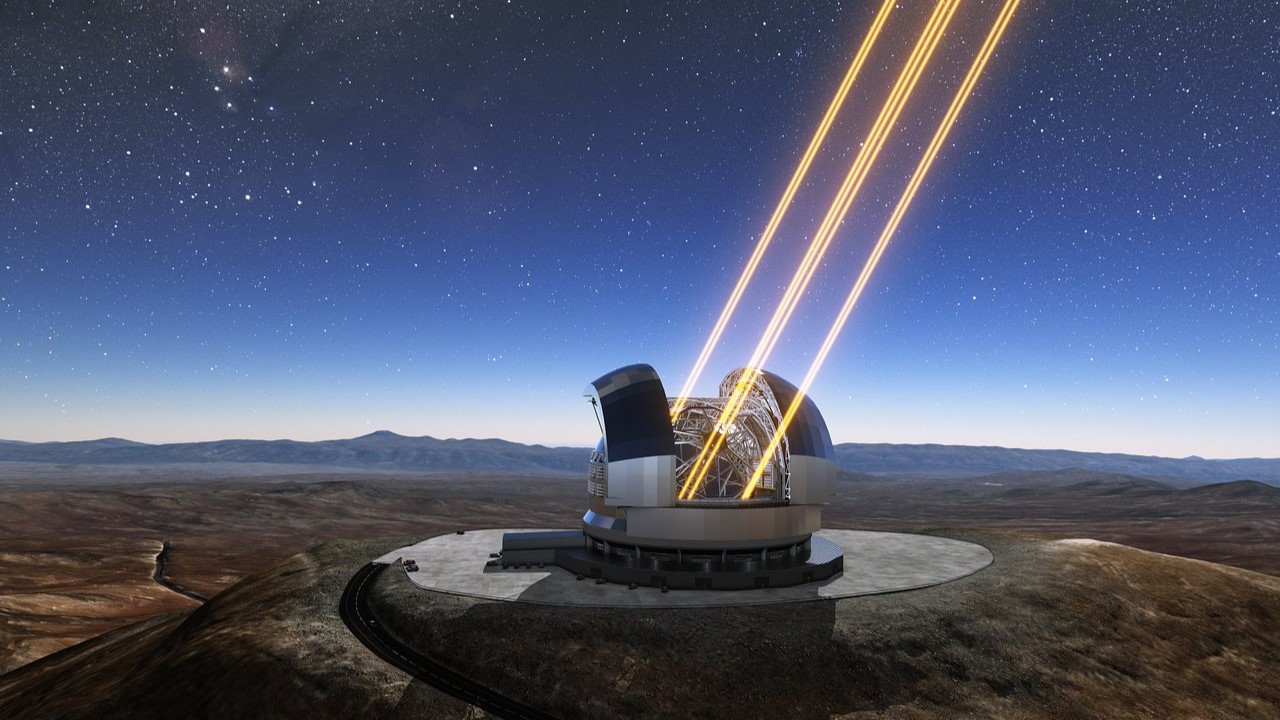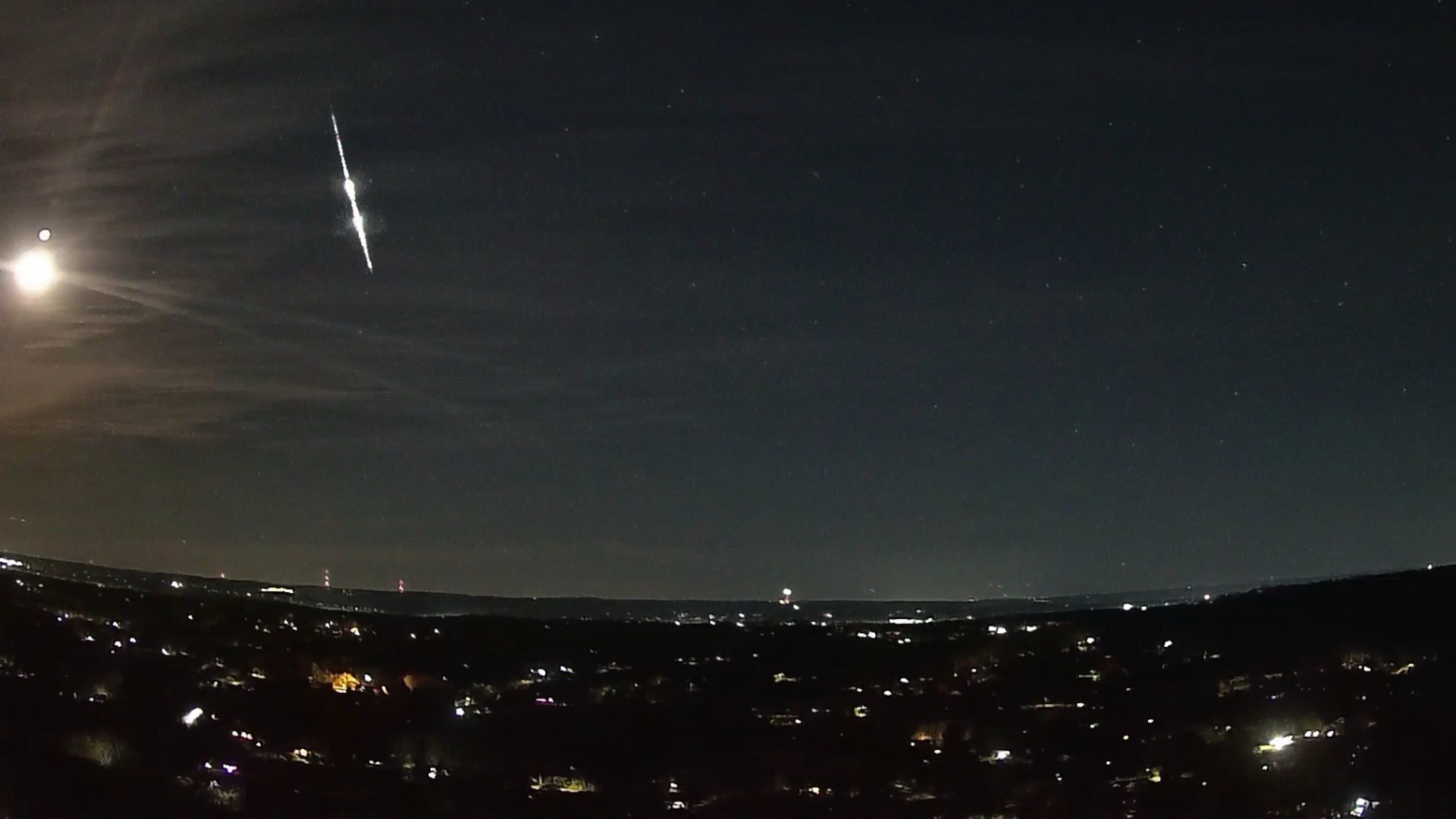Keith Cooper is a freelance science journalist and editor in the United Kingdom, and has a degree in physics and astrophysics from the University of Manchester. He's the author of "The Contact Paradox: Challenging Our Assumptions in the Search for Extraterrestrial Intelligence" (Bloomsbury Sigma, 2020) and has written articles on astronomy, space, physics and astrobiology for a multitude of magazines and websites.
Latest articles by Keith Cooper
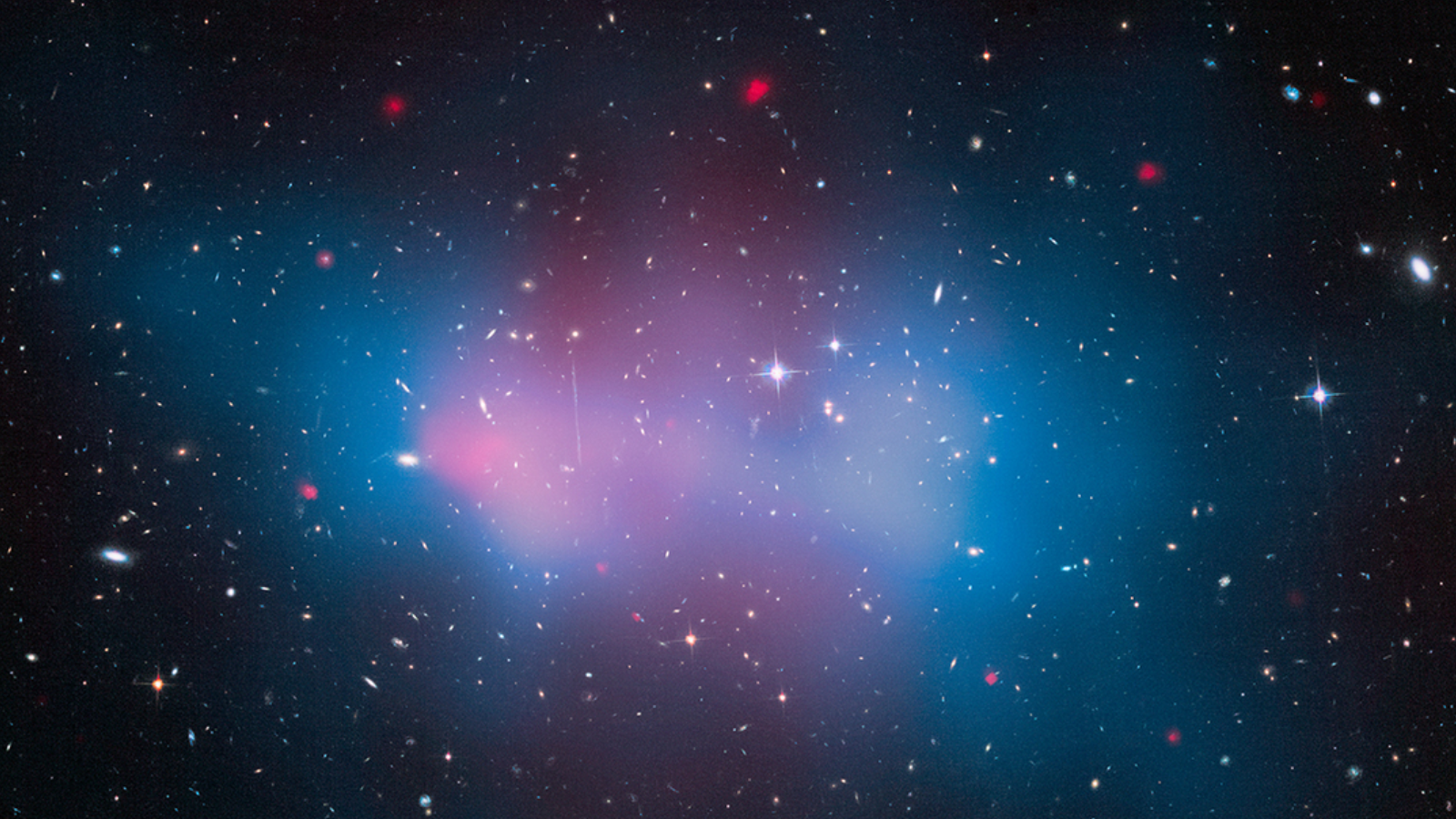
AI is on the hunt for dark matter
By Keith Cooper published
The secrets of dark matter might be hiding in the immense cosmic crashes that are colliding galaxy clusters.
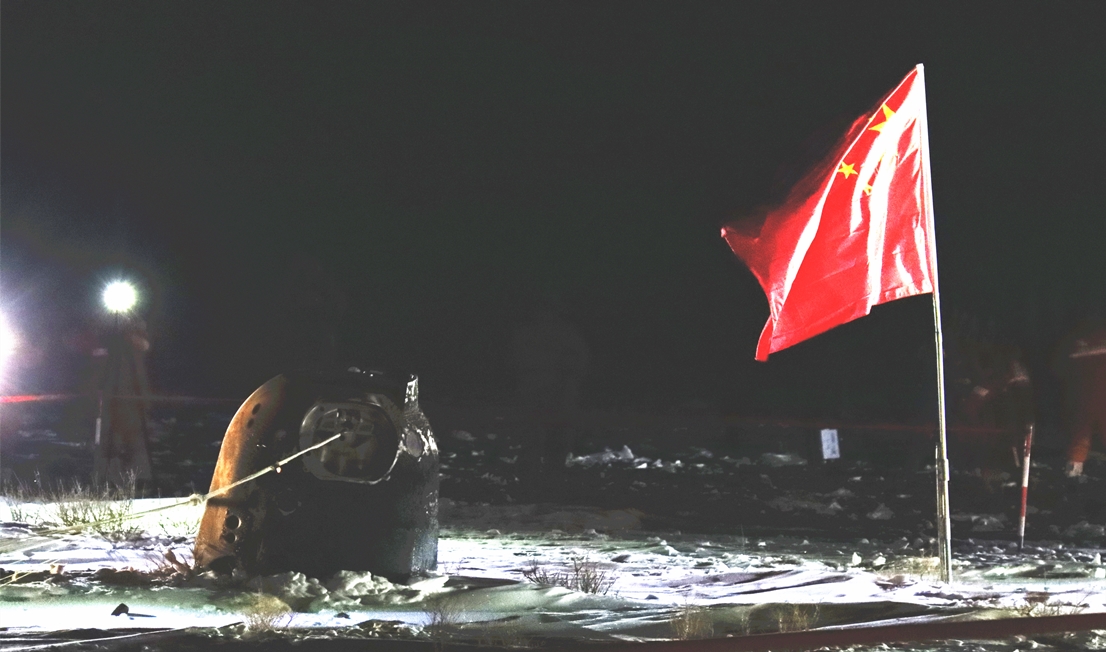
The moon might still have active volcanoes, China's Chang'e 5 sample-return probe reveals
By Keith Cooper published
The moon could still be volcanically active today, according to samples brought to Earth by China's Chang'e 5 mission in December 2020.
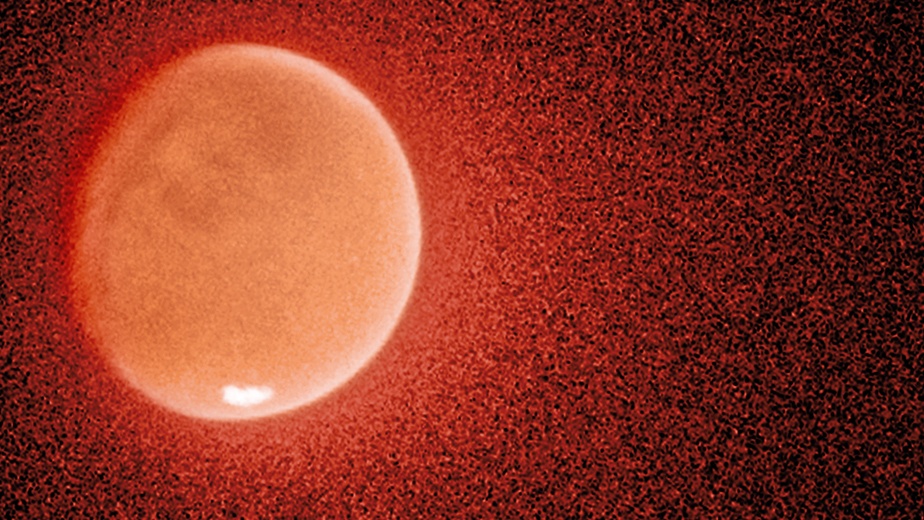
Mars leaks faster when closer to the sun
By Keith Cooper published
NASA's MAVEN mission and the Hubble Space Telescope have teamed up to reveal new insights into how Mars' water is leaking into space.
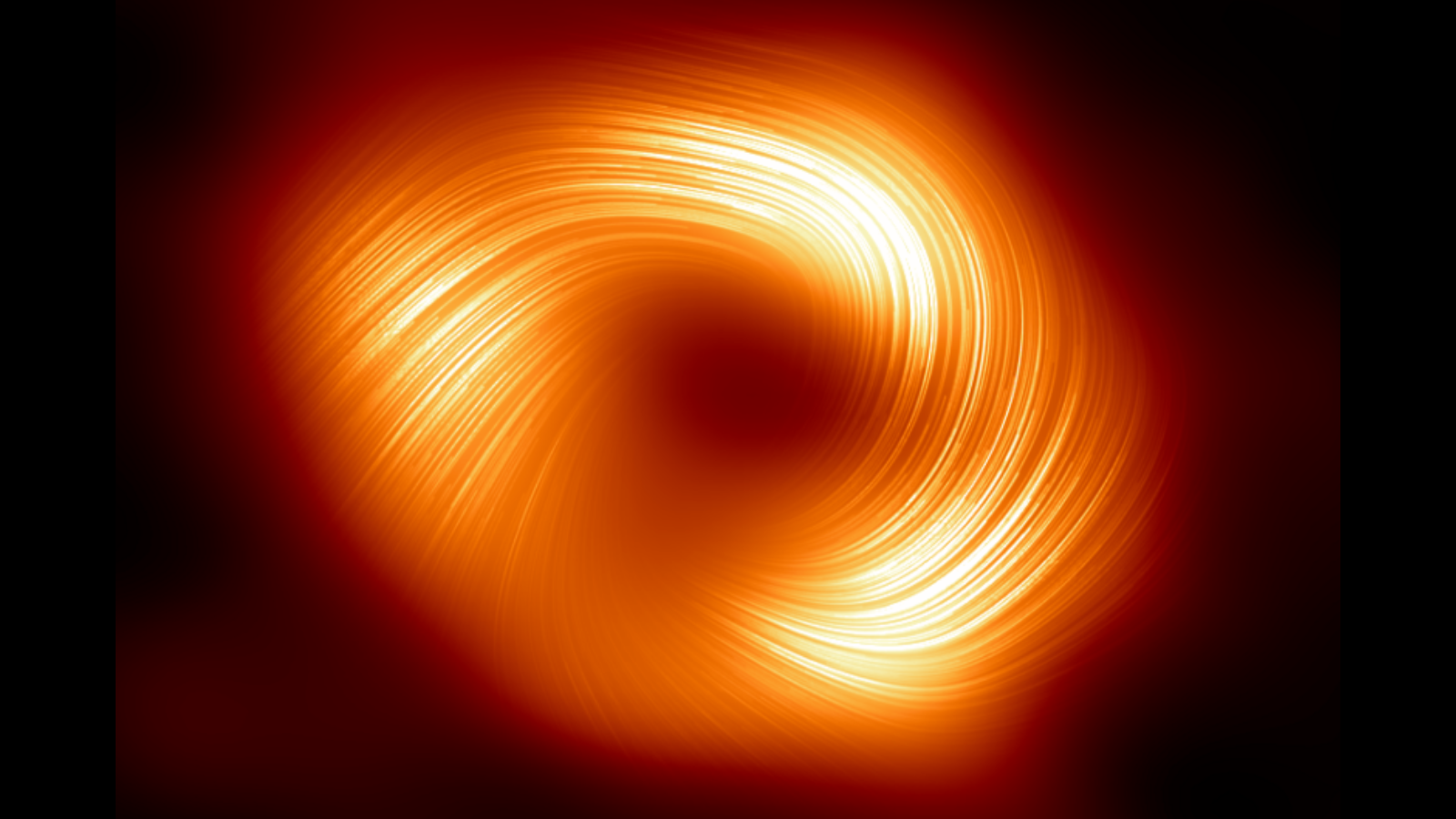
The 1st Milky Way black hole image was groundbreaking — the next could be even better
By Keith Cooper published
By demonstrating the ability for joint observations at the short radio wavelength of 0.87mm, the Event Horizon Telescope has improved its observational acuity by half.
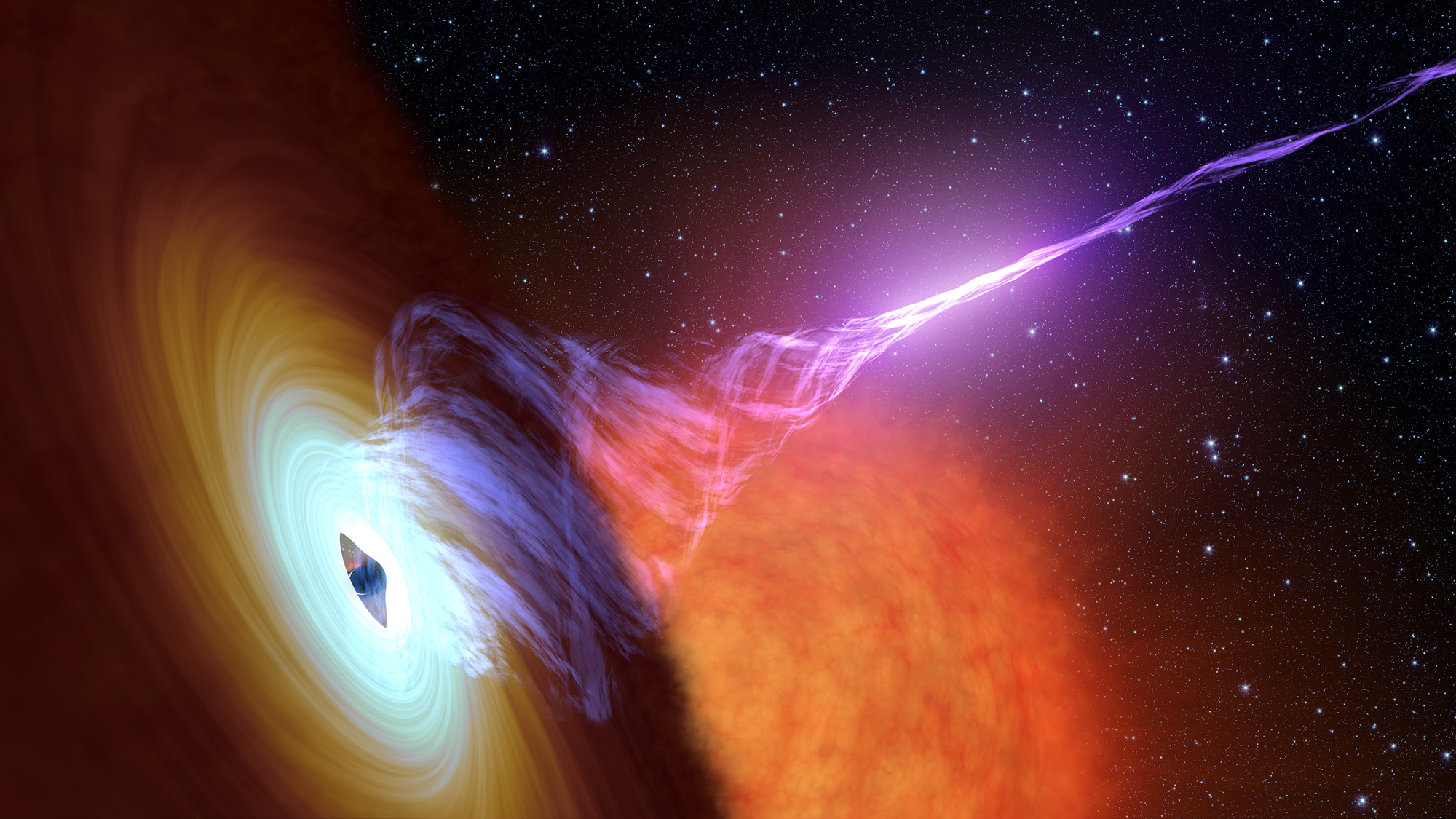
Scientists make lab-grown black hole jets
By Keith Cooper published
By using protons to probe how a magnetic field responds to an expanding plasma, experimenters have replicated the particle jets spewed out by active black holes.
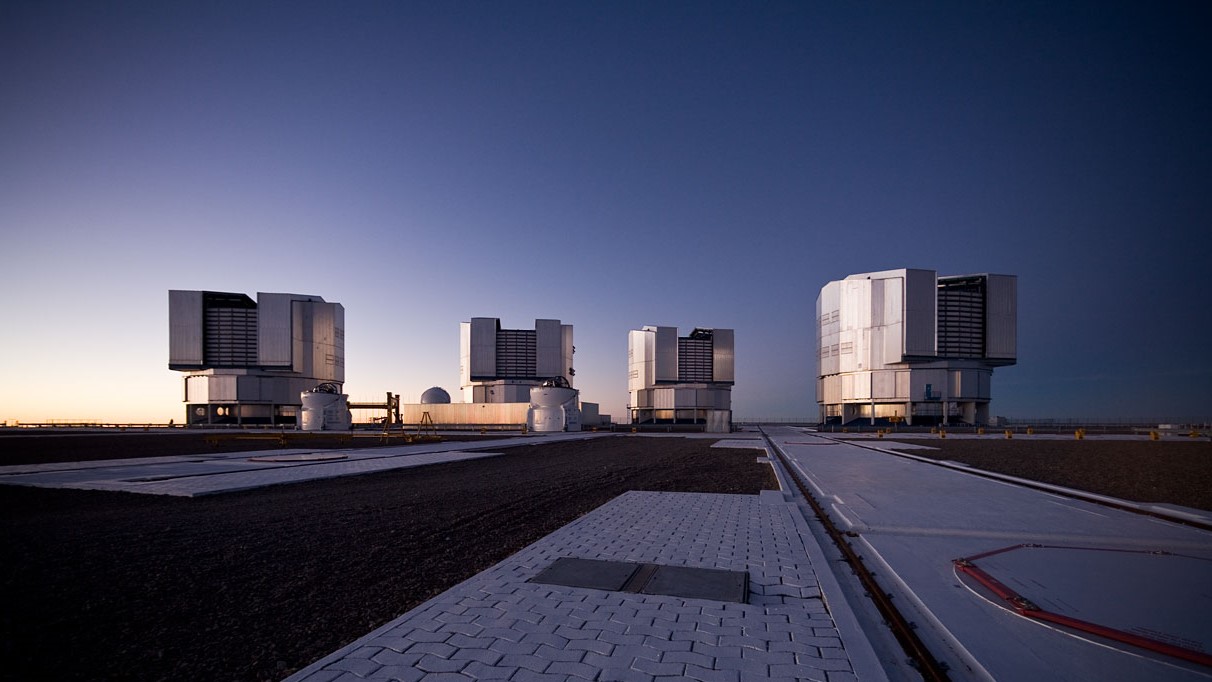
Very Large Telescope: Everything you need to know
By Keith Cooper last updated
Reference Here's a detailed look at the European Southern Observatory's Very Large Telescope in Chile, including its design and some of its major discoveries.
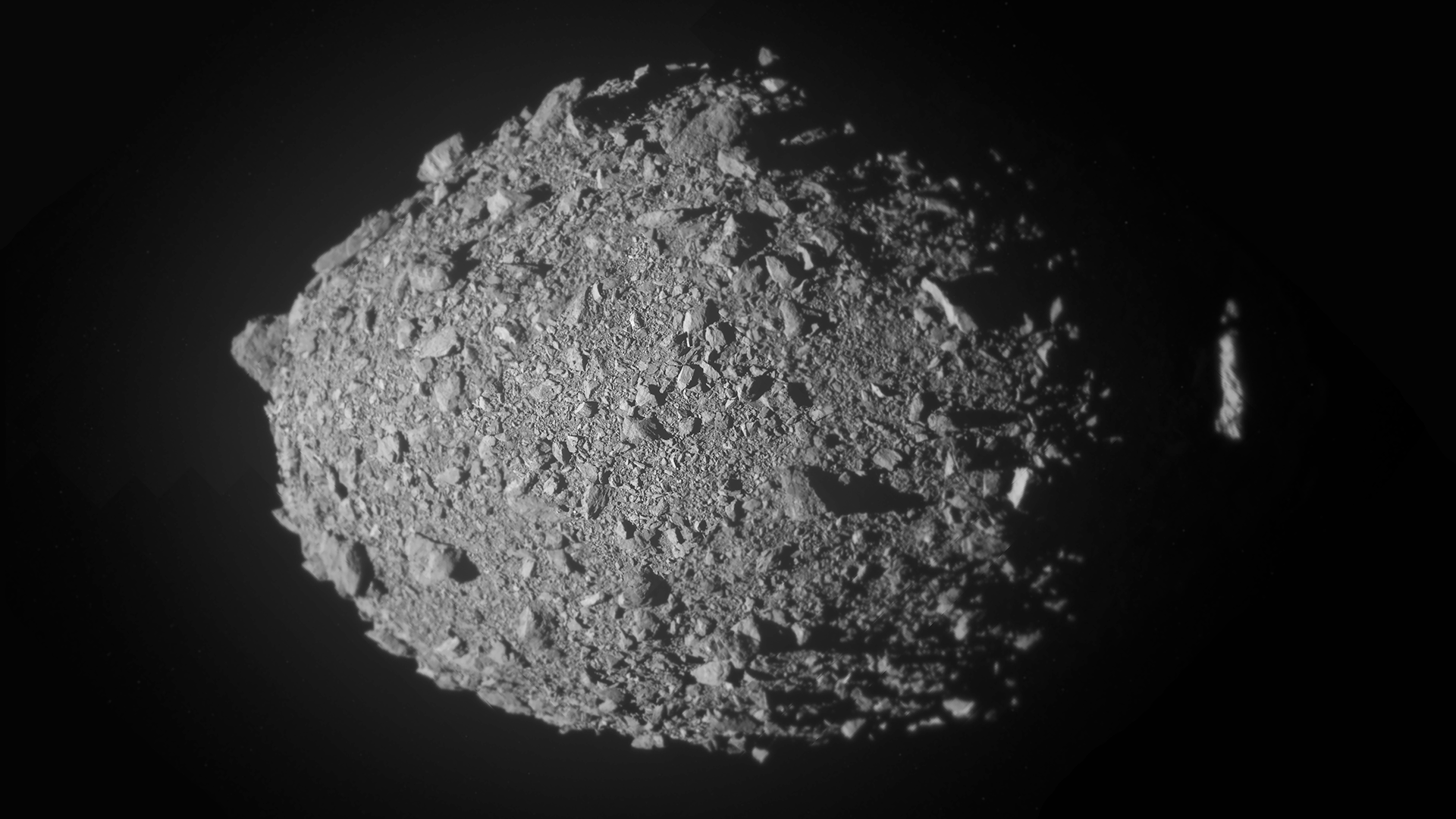
No, NASA's DART asteroid impact probably won't spark meteor showers on Earth — but maybe on Mars
By Keith Cooper published
Slower moving particles blasted out by the DART impact on the asteroid Dimorphos could create meteor showers on Mars — but it's unlikely they'll cause meteor showers over Earth.
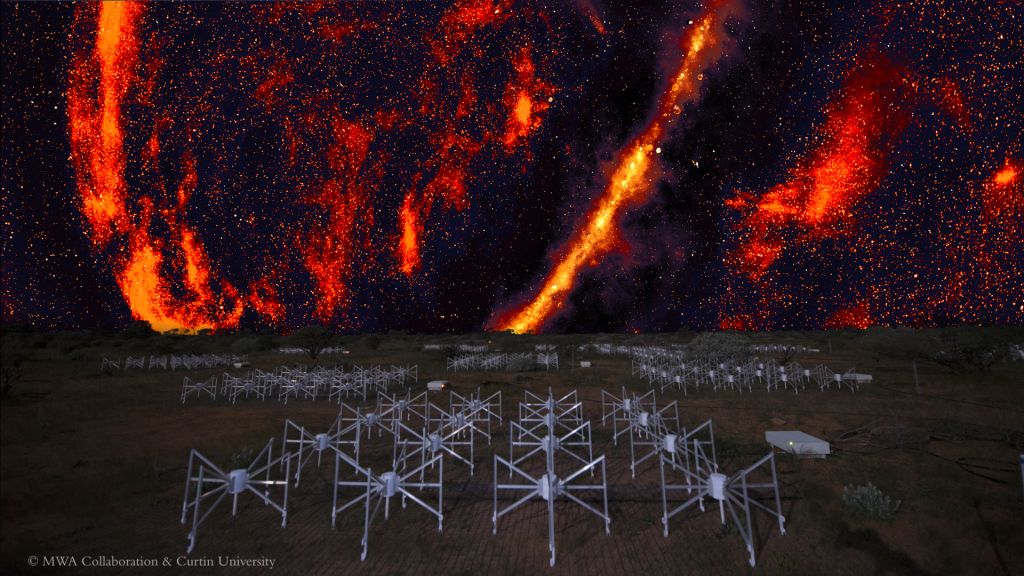
SETI searches for alien life in over 1,000 galaxies using unexplored radio frequencies
By Keith Cooper published
New findings could elevate SETI into an extragalactic search for life beyond Earth.
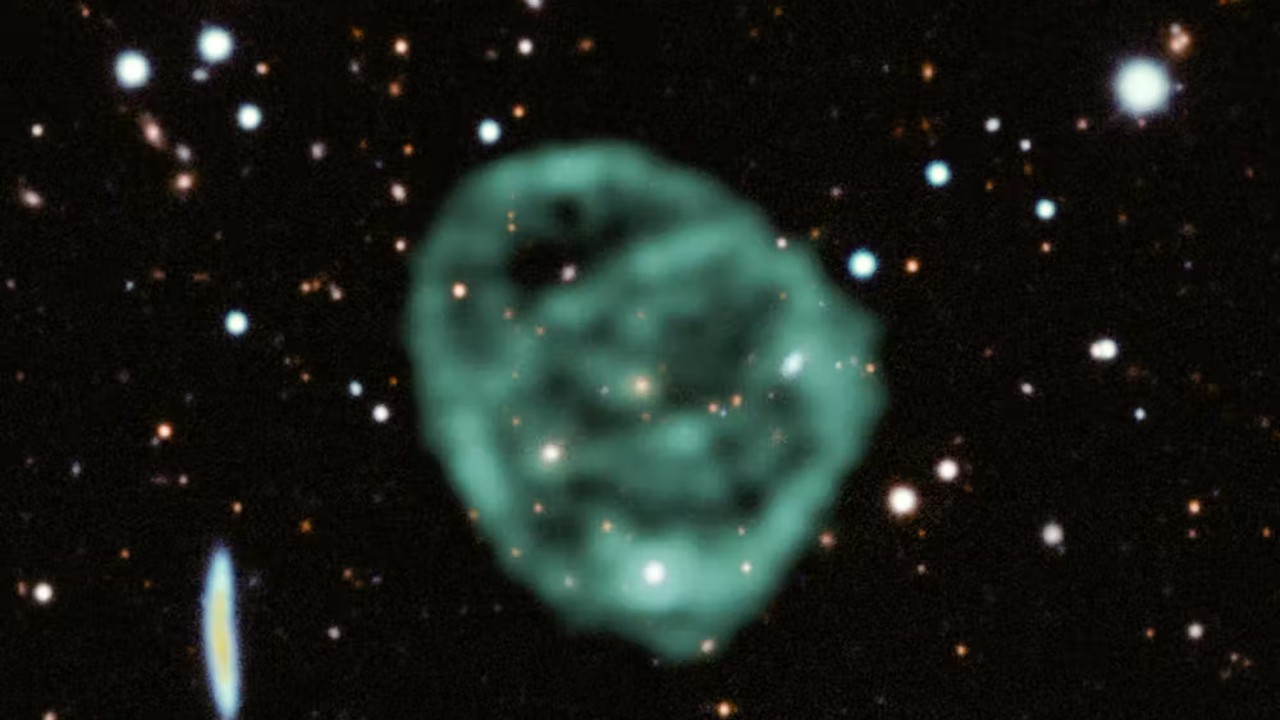
Astronomers discover new 'odd radio circle' near the center of our galaxy
By Keith Cooper published
A mysterious ring invisible at all wavelengths except radio could be a trace of a dramatically unstable star shedding its skin.

James Webb Space Telescope finds 6 wandering 'rogue' planets that formed just like stars
By Keith Cooper published
NASA's James Webb Space Telescope has discovered half a dozen rogue planets, one of which apparently hosts a newly forming moon system.
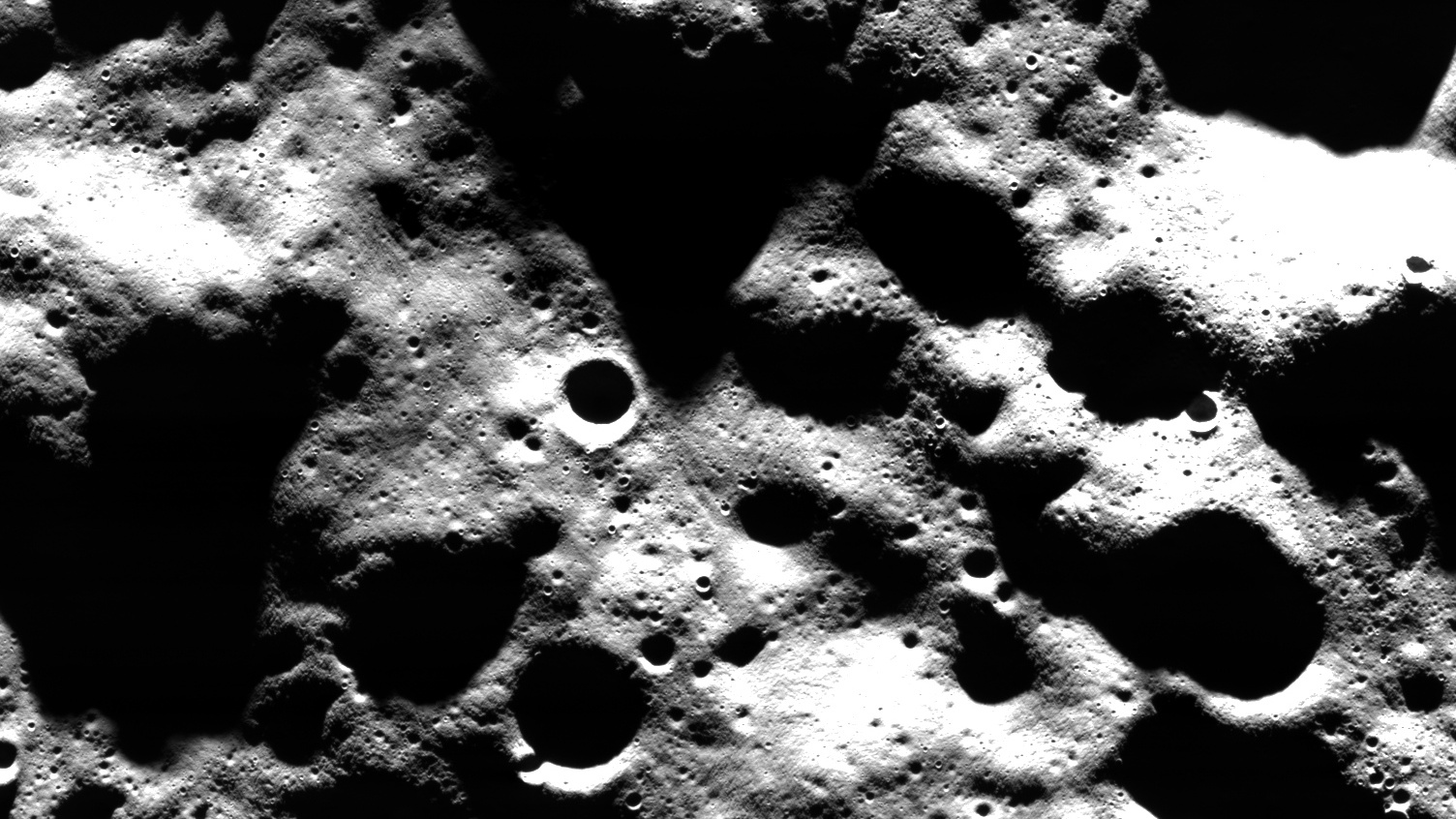
Europe's JUICE probe snaps hi-res pics of Earth and the moon on its way to Jupiter (photos)
By Keith Cooper published
JANUS, which is the high-resolution camera on the Jupiter Icy Moons Explorer, received a solid workout during the fly-by of Earth over Aug. 19 and Aug. 20.
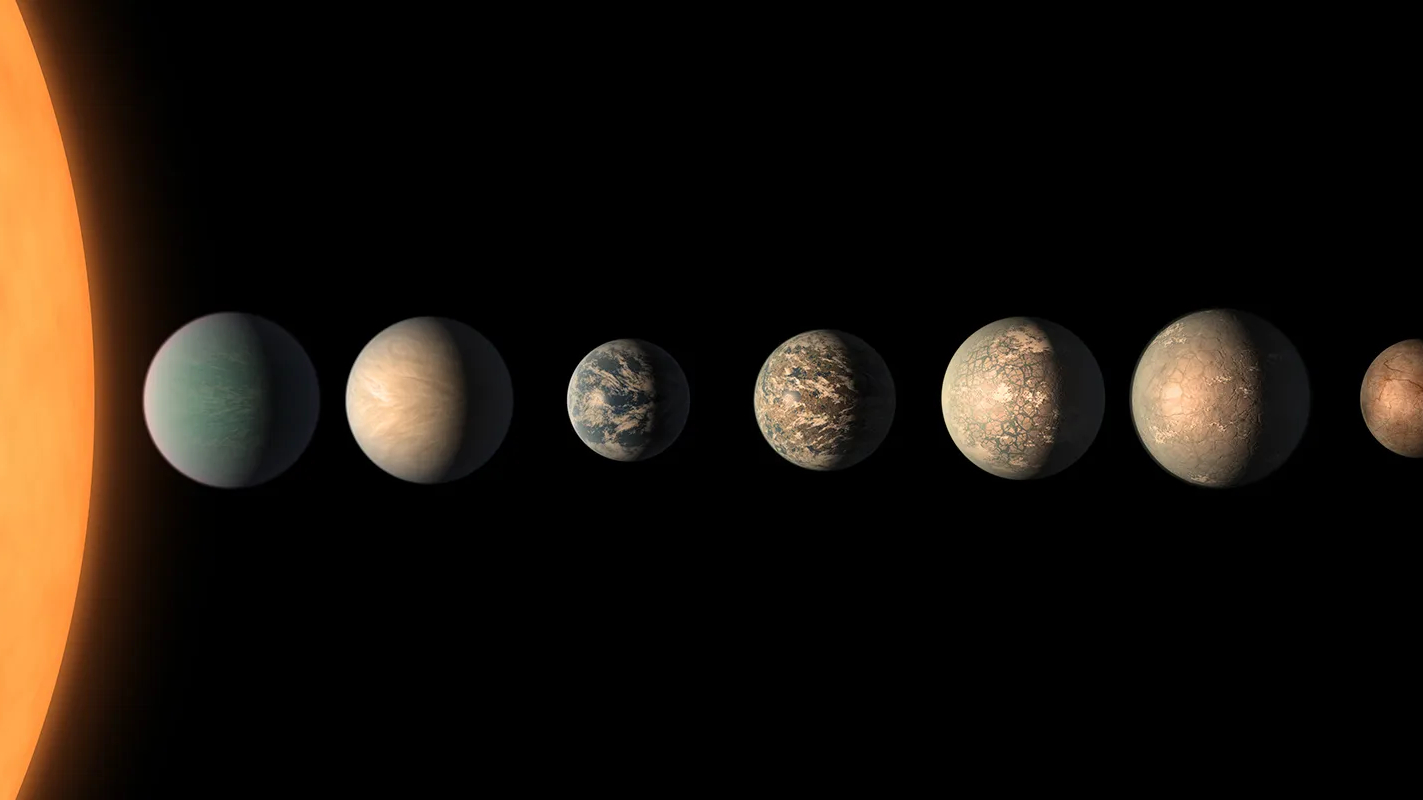
Why the 7 worlds of TRAPPIST-1 waltz in peculiar patterns
By Keith Cooper published
The complex history of the orbits of the TRAPPIST-1 planets has been revealed, showing how they interacted with the disk of gas and dust that gave birth to them.
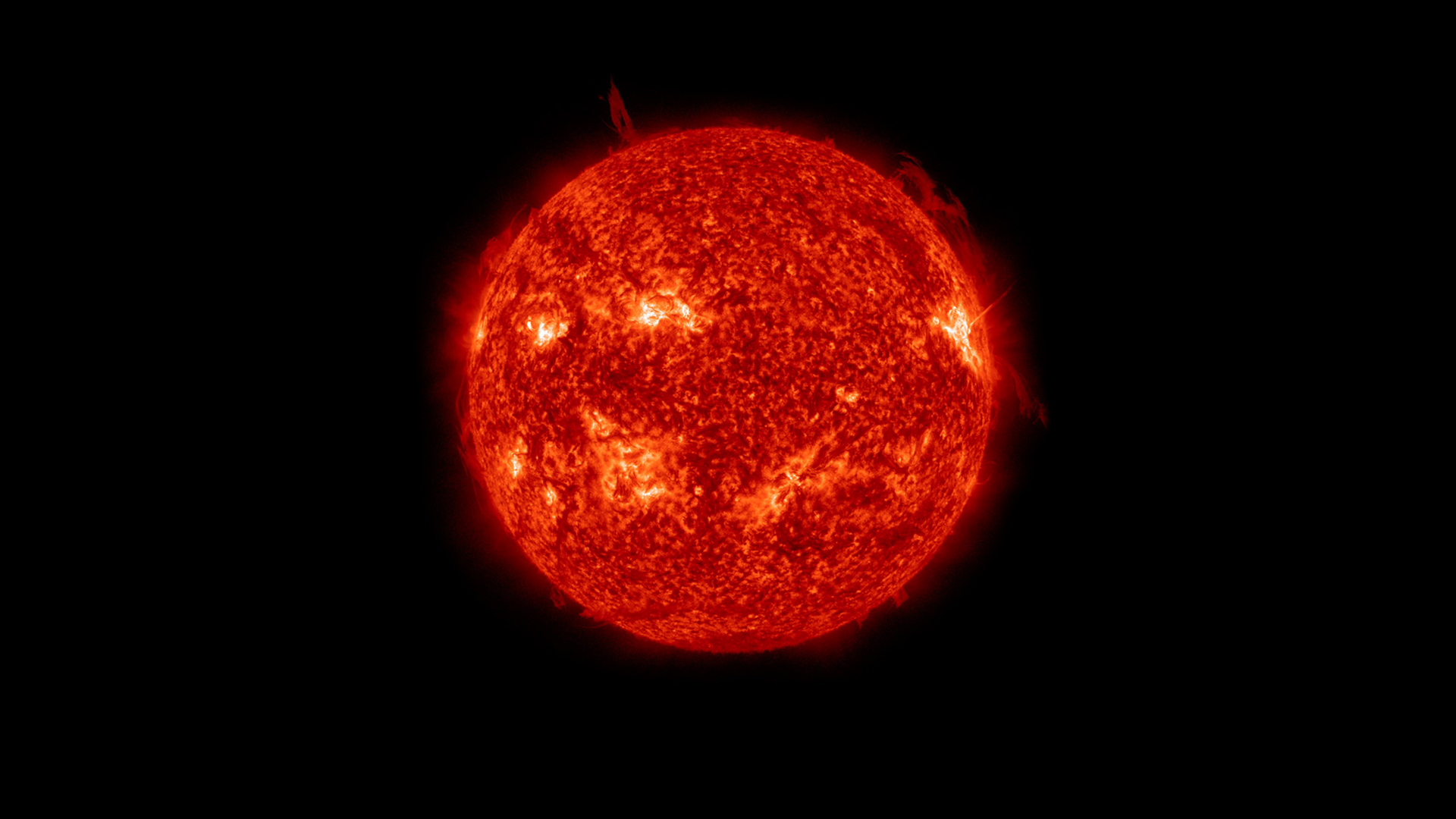
The sun hides its age with magnetic activity
By Keith Cooper published
Measurements of the sun's age via oscillations that ripple through it can vary depending on whether those measurements are made near solar minimum or maximum.
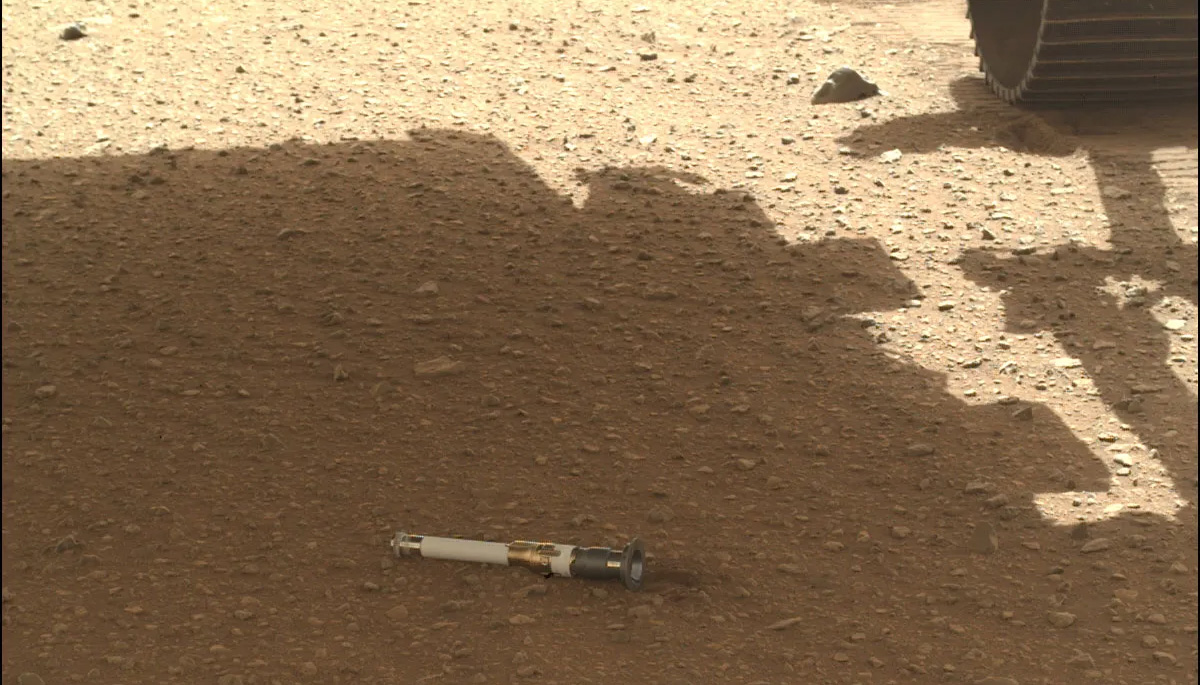
Perseverance rover's Mars samples must be brought back to Earth, scientists stress
By Keith Cooper published
Sedimentary deposits sampled by the Perseverance rover could contain evidence of past Martian life.
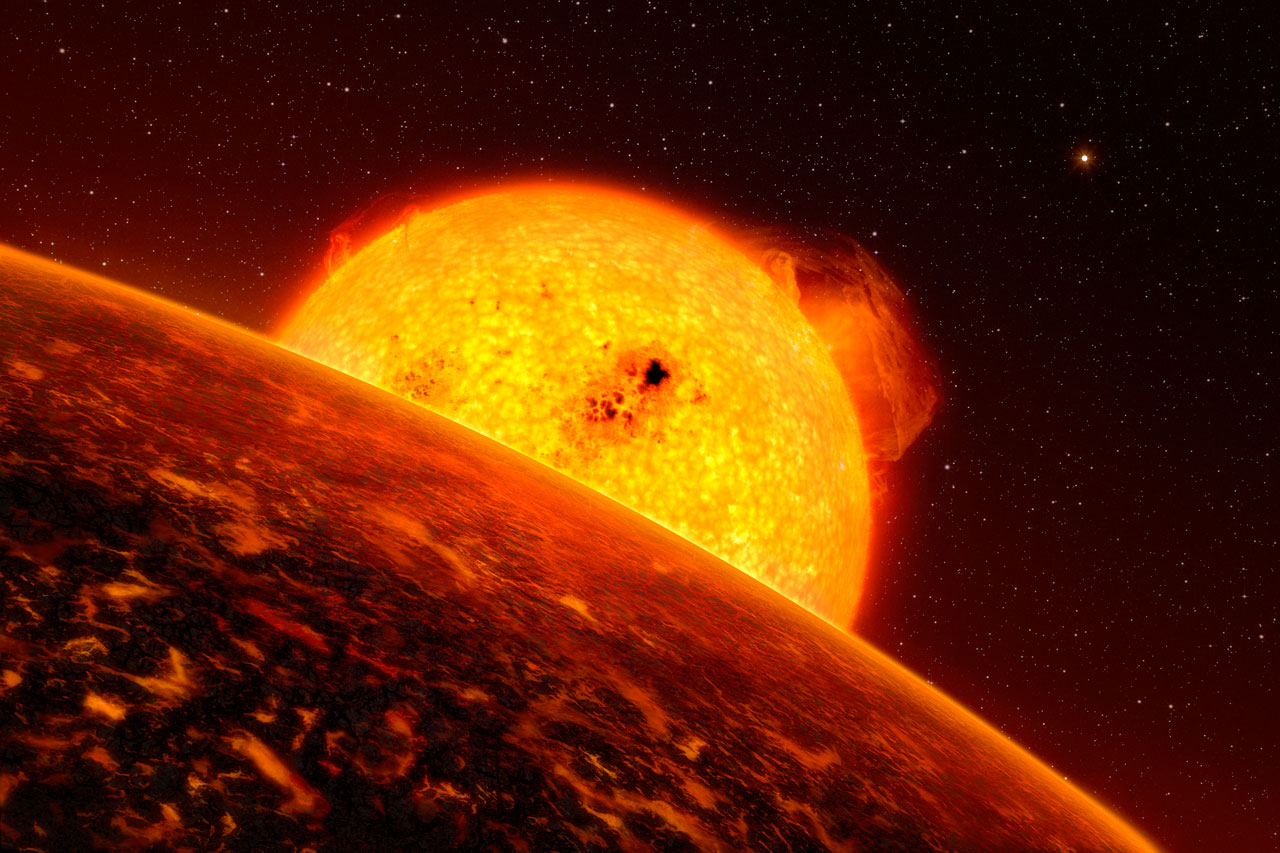
Some rocky exoplanets could have huge amounts of water in their molten cores
By Keith Cooper published
Young, hot planets could soak up a lot of water into their core, with up to 10 times more water inside than on the surface of the planet.

Are we alone? Intelligent aliens may be rare, new study suggests
By Keith Cooper published
A new interpretation of the famous Drake equation finds little reason to be optimistic about the search for extraterrestrial intelligence.
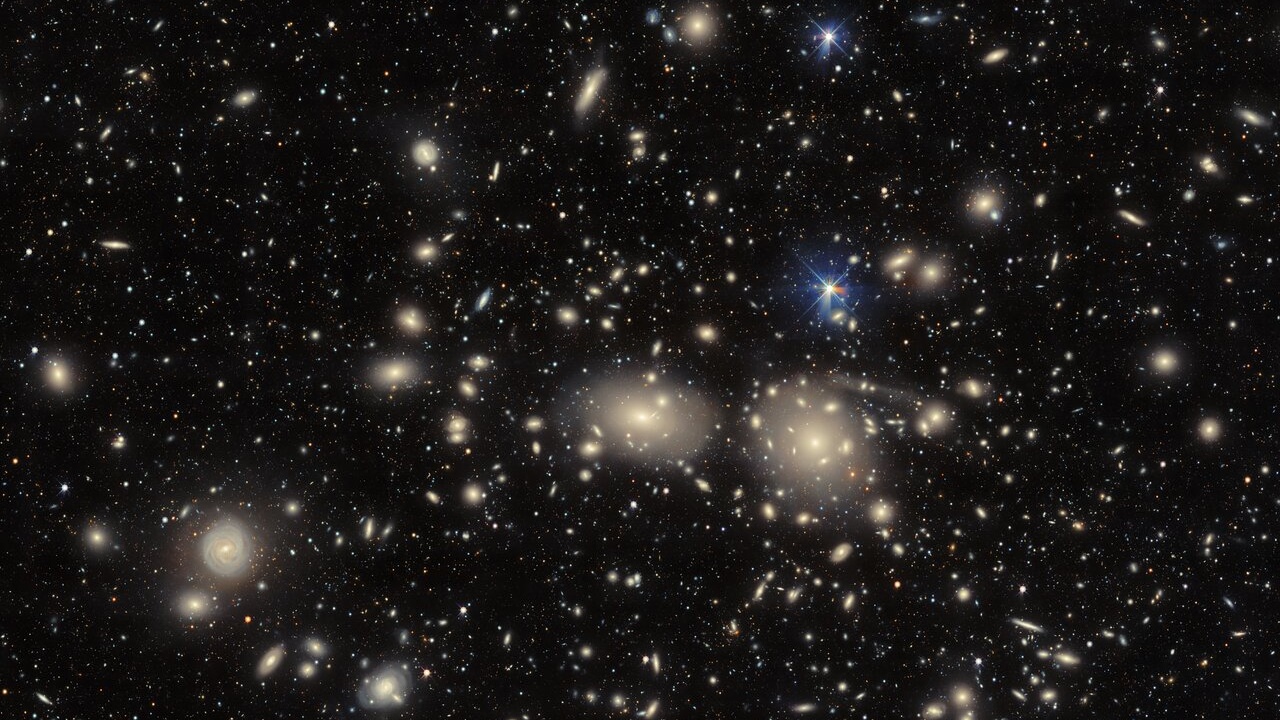
Dark Energy Camera's new galactic portrait delves into dark-matter central
By Keith Cooper published
Located at the confluence of several dark matter filaments in the cosmic web, the Coma Cluster of galaxies is the perfect case study for understanding how these galactic conurbations grow.
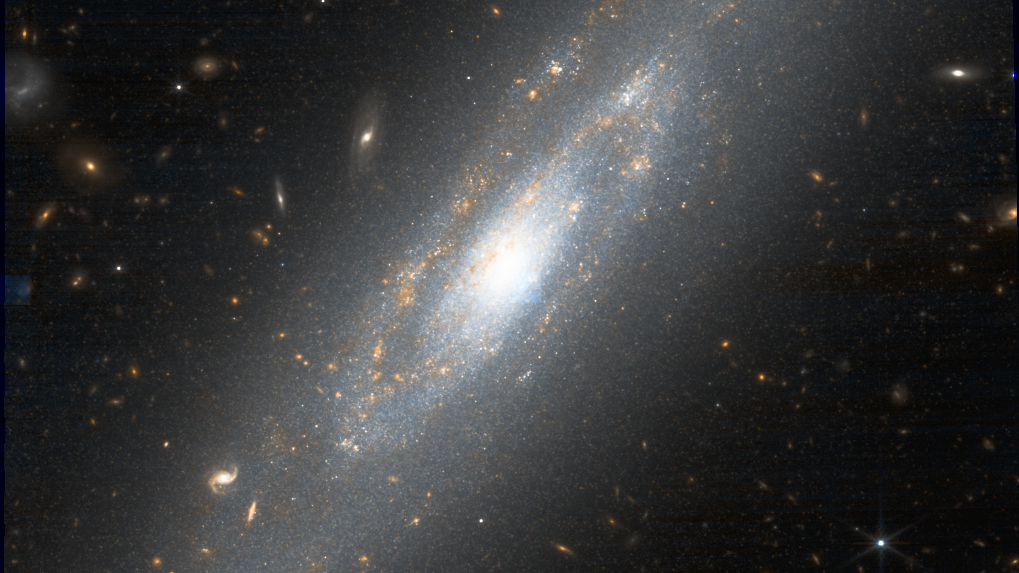
James Webb Space Telescope adds to the confusing drama of Hubble tension
By Keith Cooper published
Measurements of cosmic expansion using Cepheid variable stars continue to create tension.
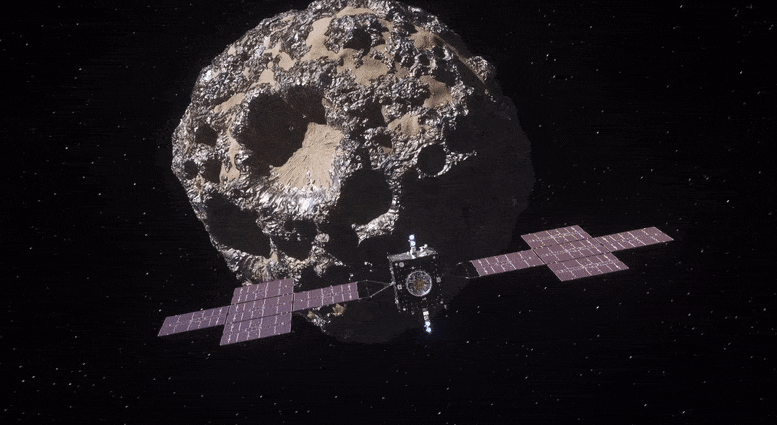
Is asteroid Psyche actually a planetary core? James Webb Space Telescope results cast doubt
By Keith Cooper published
The presence of hydrated minerals, including possibly water-ice, might indicate an unexpected origin for Psyche, far from the sun.
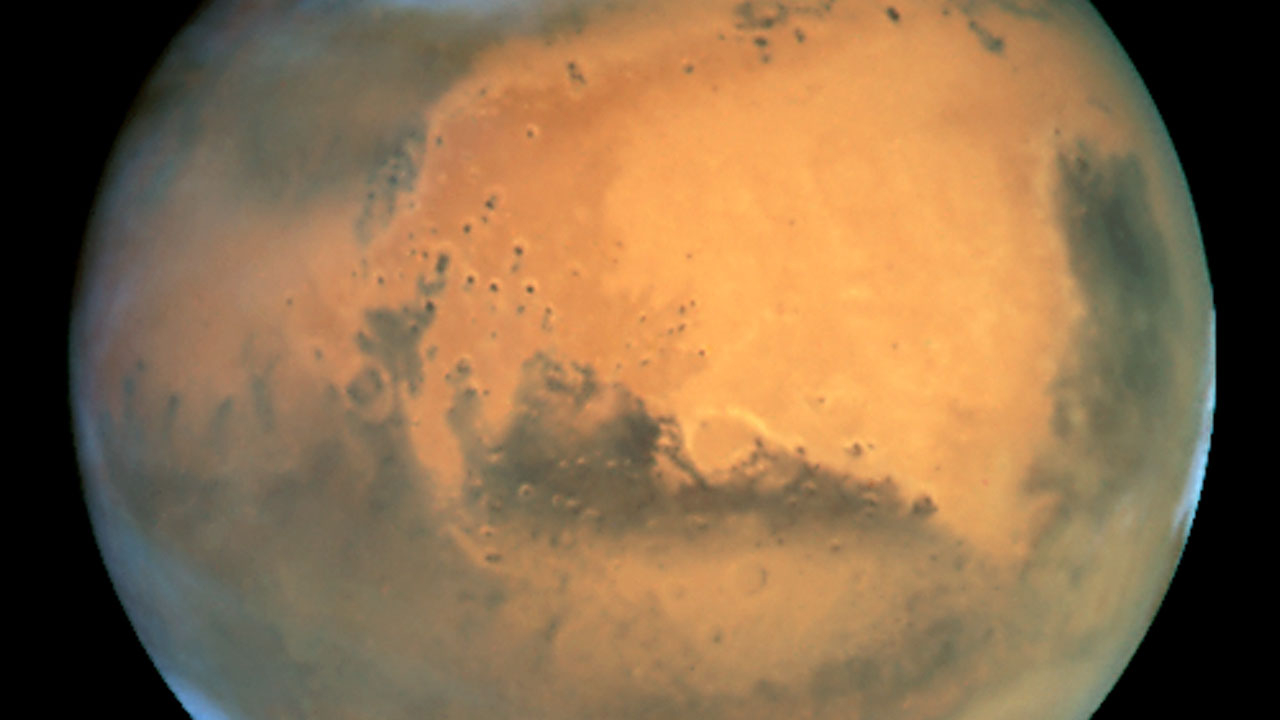
Ocean's worth of water may be buried within Mars — but can we get to it?
By Keith Cooper published
"We haven't found any evidence for life on Mars, but at least we have identified a place that should, in principle, be able to sustain life."
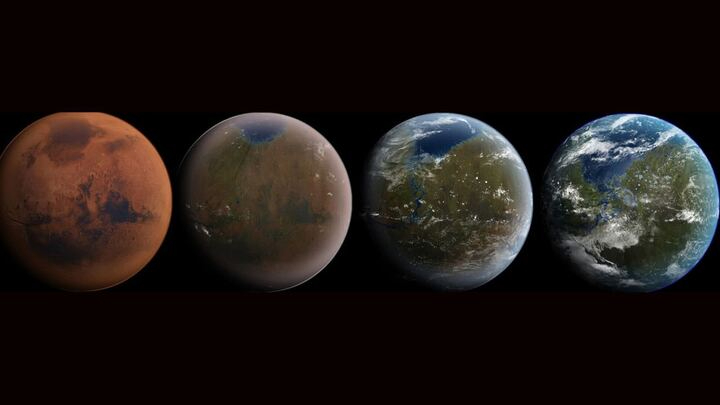
New Mars terraforming idea: engineered, heat-absorbing dust nanoparticles
By Keith Cooper published
Metal particles made from Martian dust could be released into the sky to raise temperatures on the Red Planet by over 50 degrees Fahrenheit (30 degrees Celsius), a new study suggests.
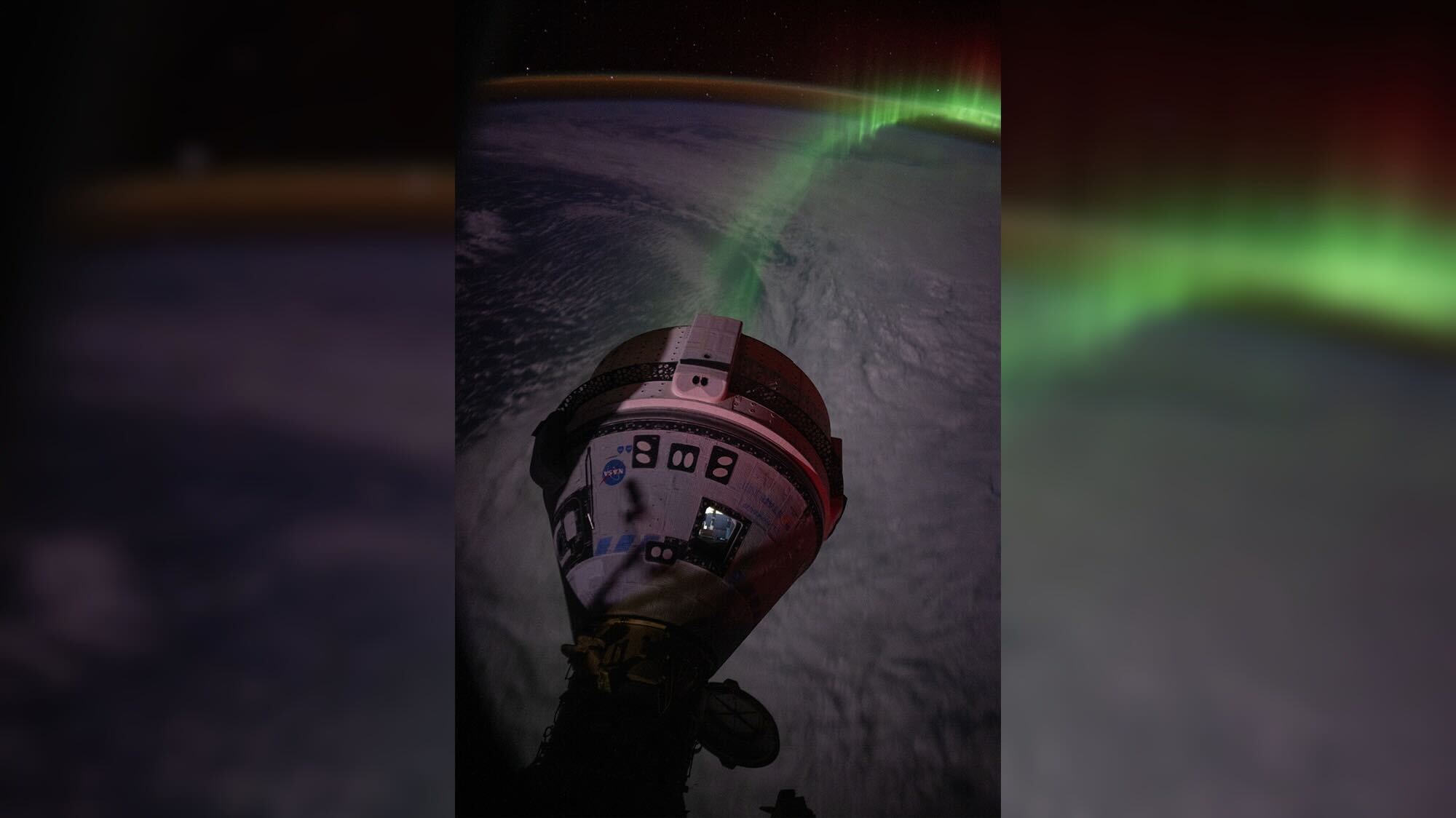
Earth from space: Astronauts share photography tips for snapping amazing photos from the ISS
By Keith Cooper published
From thunderstorm sprites to volcanic plumes, and city lights to meteors, the world appears a different place from 250 miles (400 kilometers) up.

Venus may be able to support life, new atmospheric evidence suggests
By Keith Cooper published
Preliminary evidence for gases that could be biosignatures have been found in the atmosphere of Venus, but even if these biosignatures are real, does it necessarily imply life?
Breaking space news, the latest updates on rocket launches, skywatching events and more!


